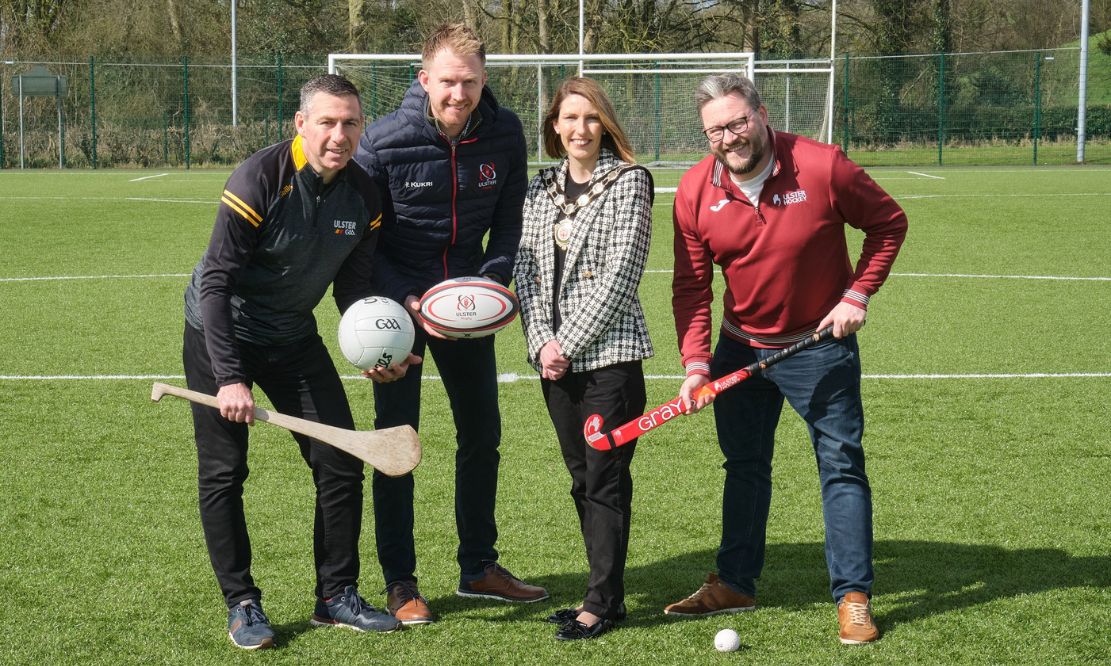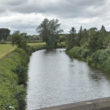
Mid Ulster District Council has launched its ambitious new strategy for pitch provision in Mid Ulster, providing clear direction for the next five years and addressing the short, medium and long term needs of provision for association football, bowls, Gaelic games, hockey and rugby, and for multi games use areas within the district.
Representing a total investment of £9.58M in pitch provision from 2023 to 2028, the strategy focuses on potential developments at Council owned sites that provide for the five sports, as well as the opportunity to promote and develop partnership working in order to deliver pitches and ancillary accommodation as efficiently and cost-effective as possible.
Chair of Mid Ulster District Council, Councillor Córa Corry said: “We are excited to launch our new Five-Year Strategy, which demonstrates our commitment to grassroots sport and our long-term ambitions for the district, both of which will ultimately play a role in improving the social, economic, physical and mental health and well-being of our district and all who live in it.”
As well as laying out the Council’s plans for pitch maintenance over the five-year period, the Strategy considers how the Council can work in partnership with clubs and other stakeholder organisations, effectively supporting the delivery of community-based opportunities for participation in sport and physical recreation.
It also includes opportunities for the multi-use of facilities including formalised sports and informal recreational use to support community engagement and health and wellbeing.
Other recommendations look to ensure the Council’s pitches are high quality and achieve best use of resources to maximise community benefit, and to consider the areas of new provision based on need; obsolete pitch provision; new identified shared space community need; potential for partnership provision/shared; and opportunities for long term leases.
Underpinning the strategy is a long-term partnership approach which recognises and acknowledges the significant contribution by the community and education sectors in the provision and operation of sports facilities.
The strategic recommendations and actions over the next five years were informed by analysis of the research and consultation carried out in the audit of facilities and clubs.



